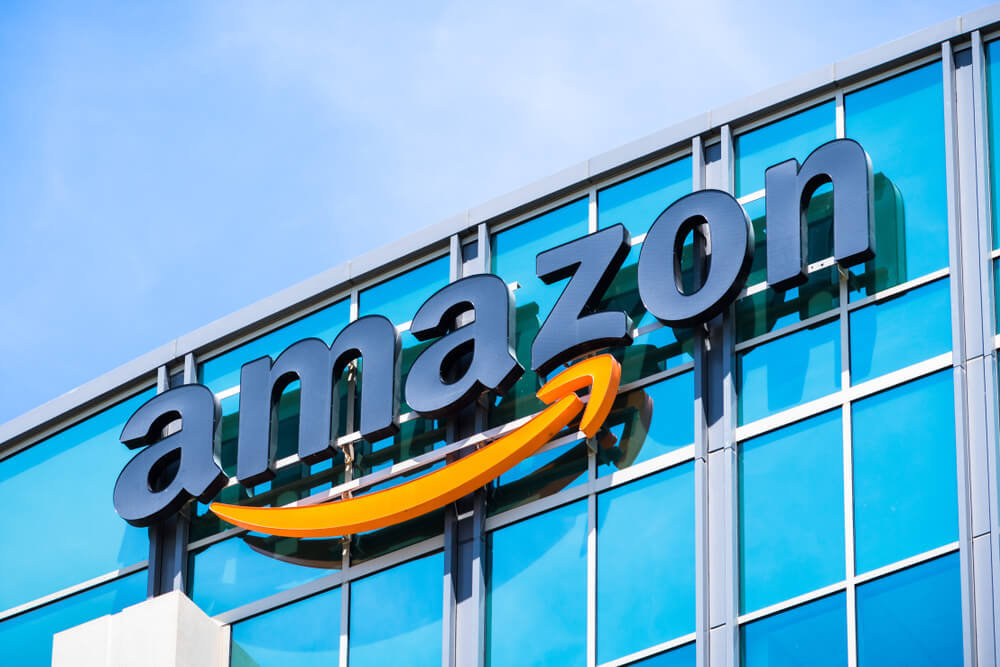
Amazon’s growth and controversies continue to be something of a whirlwind. As Jeff Bezos’ successor Andy Jassy completes his first year as CEO, the e-commerce giant made some splashy headlines.
In a recent expansion, Amazon brokered a tasty deal by partnering with Grub Hub. The addition to Amazon Prime membership is expected to buoy the app’s steady market share losses in the U.S. Outpaced by popular Door Dash and Uber Eats, adding millions of Prime subscribers will result in Amazon receiving at least 2 percent of Grub Hub’s equity, and that could rise to 13 percent if certain goals are achieved. That expansion comes on the heels of a recent announcement that wide-reaching fulfillment center construction has been put on hold or canceled outright.
“We currently have some excess capacity in the network that we need to grow into,” Amazon CFO Brian Olsavsky reportedly said at a first quarter meeting. “So, we’ve brought down our build expectations. Note again that many of the build decisions were made 18 to 24 months ago, so there are limitations on what we can adjust midyear.”
During the first quarter of 2022, the e-commerce leader suffered a $3.8 billion loss. The corporation posted $8.1 billion in profits during the same period in 2021. The setback involves $6 billion in additional costs, largely attributed to fulfillment centers. The following projects have reportedly been delayed, canceled, or leased out.
- Salinas, CA: Canceled
- Coral Springs, FL: Leased
- Chamblee, GA: Canceled
- Davenport, IA: Delayed
- Shreveport, LA: Delayed
- Canton, MS: Delayed
- Sioux Falls, ND: Delayed
- Churchill, PA: Canceled
- Alcoa, TN: Delayed
- Clarksville, TN: Delayed
- League City, TX: Delayed
- Round Rock, TX: Delayed Indefinitely
- San Antonio, TX: Delayed indefinitely
- Waco, TX: Delayed
- Marriott-Slaterville, UT: Delayed
- Lawrence, WI: Canceled
Amazon had been aggressively creating a broader footprint through an expanded warehousing network. The operation left competitors such as Walmart and Target in its rearview after amassing a system that includes 1,200 fulfillment centers with 376 million square feet of capacity. Walmart runs a distant number two at 197 centers and 145 million square feet. Target possesses 52 warehouses and just under 58 million square feet of capacity.
The Amazon CFO has attributed much of the warehouse-driven losses to supply chain disruption and an unexpected Covid variant sidelining workforces.
“We hired more people and then found ourselves overstaffed when the Omicron variant subsided rather quickly, at least from our standpoint in warehouses,” Olsavsky reportedly said. “So, the issue has switched from disruption to productivity losses to overcapacity on labor.”
But the elephant in the room remains the company’s stinging loss to an upstart labor union in Staten Island, NY. The fledgling Amazon Labor Union won a majority vote while workers at other facilities declined. The prospect of more union shops and potential strikes puts the e-commerce giant’s business model at risk. Amazon officials may be rethinking their expansions in terms of possible union pushes.
Sources:











Leave a Comment